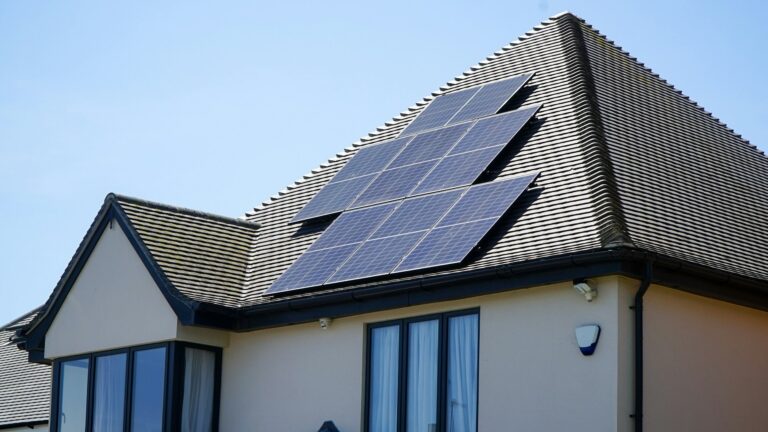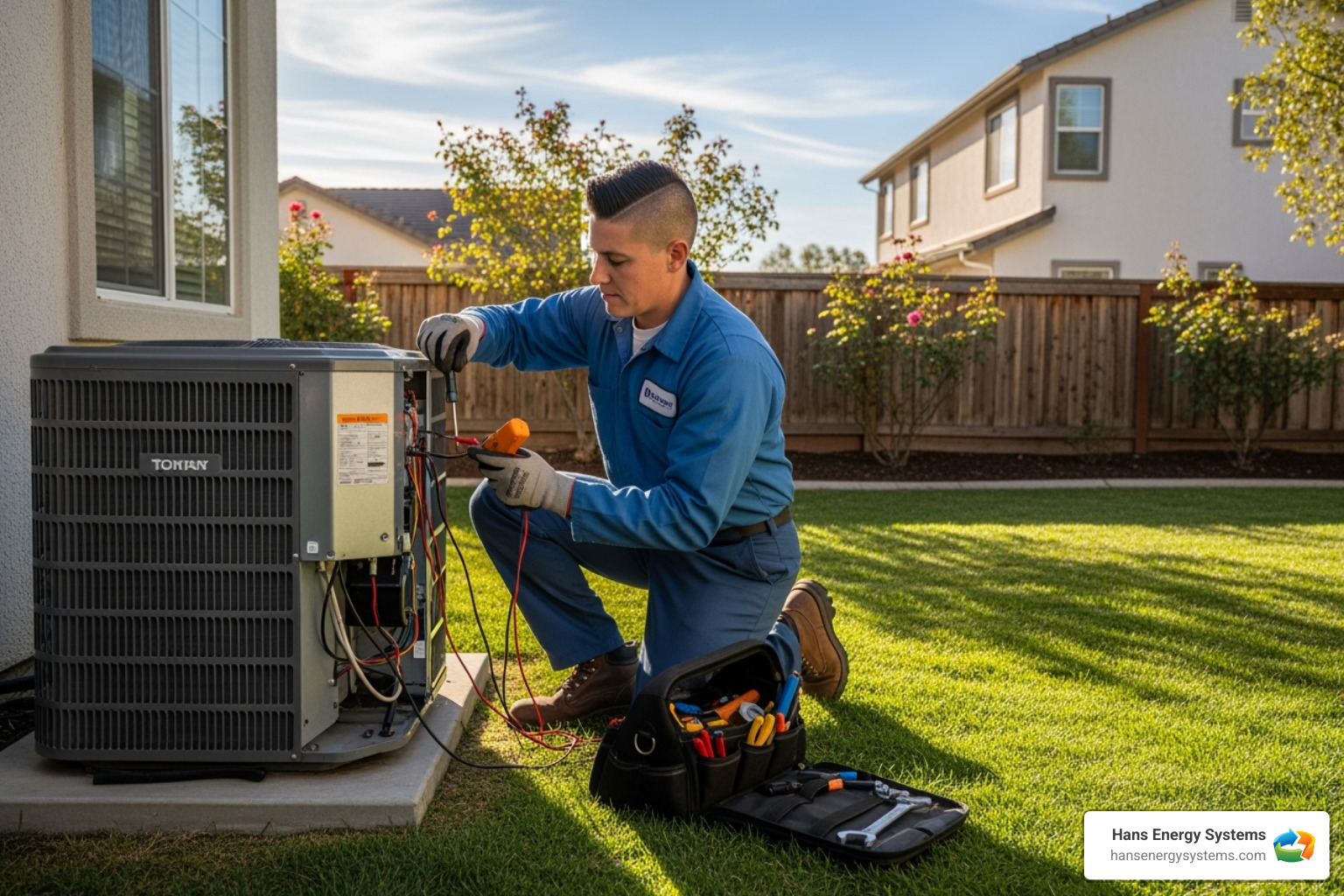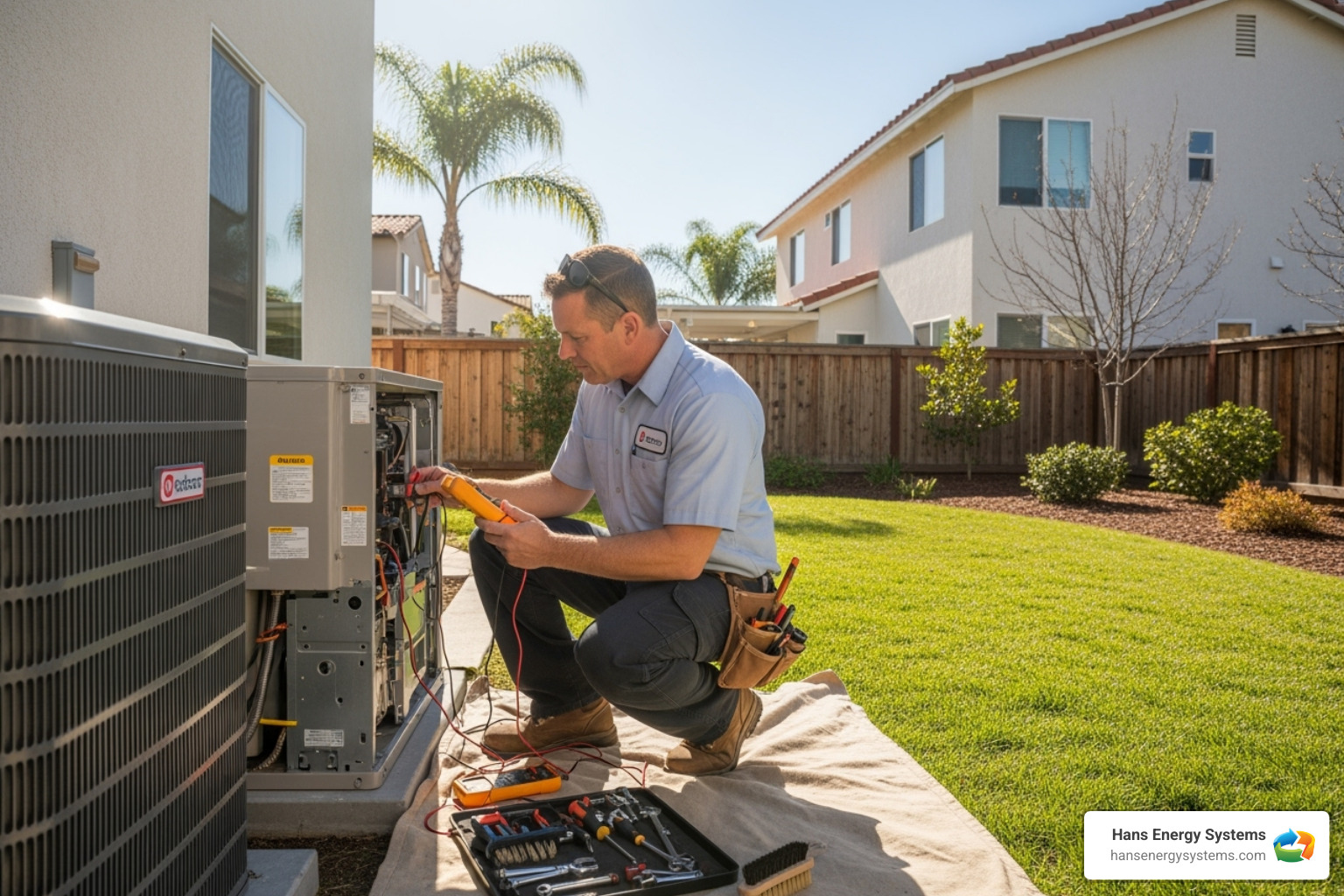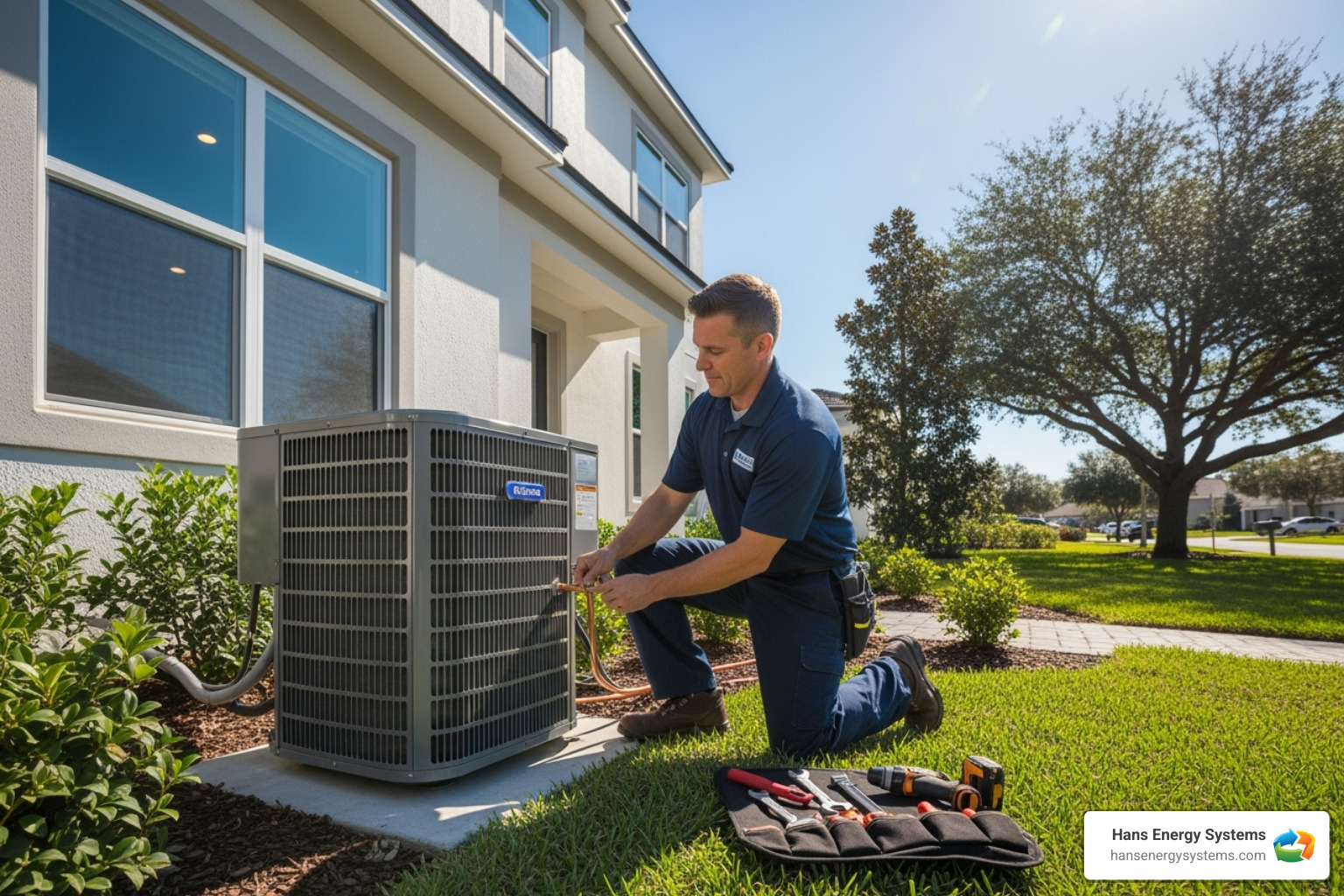Solar panels work by converting sunlight into electricity, making them a dependable option for energy-conscious homeowners. As long as the panels receive steady exposure to the sun, they continue generating power throughout the day. But that process can slow down if sunlight is blocked, even partially. When you’re relying on your panels to handle part or all of your home’s energy needs, any drop in output can lead to performance issues.
One of the biggest and most common obstacles to consistent performance is shade. In Poway, where many neighborhoods include lots of vegetation and buildings are often close together, even a small amount of shade can keep a solar panel from reaching full output. Knowing how shade affects solar efficiency—and what can be done to prevent it—helps homeowners get the most from their solar panel installation in Poway.
How Shade Affects Solar Panel Efficiency
Shade reduces how much electricity a solar panel can produce because it limits the amount of sunlight reaching the surface. The darker or thicker the shade, the more energy production drops. What many homeowners don’t realize is that shade doesn’t have to cover the entire panel to cause a problem. Even small shadows can lead to major reductions in performance, especially in traditional systems where panels are wired together and work as a group.
There are two main types of shading that can impact performance:
– Temporary shade: things that move or change throughout the day or year. This includes passing clouds, birds sitting on panels, and short-term obstructions like leaves or debris.
– Permanent shade: these are static objects that regularly come between the panel and the sun. Nearby trees, chimneys, and taller buildings are examples. These create ongoing issues that reduce the system’s overall ability to generate power.
Partial shading happens when only a portion of a panel is covered. But even this kind of coverage can significantly cut output, depending on the design of the solar energy system. For example, if one panel in a series is shaded, it can drag down the performance of the entire system—like a bad battery in a flashlight. That’s why understanding what’s causing the shade matters.
Some systems with advanced technology like microinverters or optimizers are designed to reduce the impact of shading. But even those still perform best with a clean and unobstructed view of the sun. That’s why identifying sources of shade before and after installation is such an important step in protecting long-term efficiency.
Common Sources Of Shade In Poway
In a place like Poway, shading can come from many sources, especially in neighborhoods with mature landscaping and closely spaced homes. While some shading is obvious, a few sources might surprise even the most observant homeowner.
Some of the most common causes of solar panel shading in Poway include:
– Trees: Tall trees like the California pepper tree or eucalyptus can cast long shadows during morning and evening hours. Even medium-height trees can impact sunlight as seasons change and the sun sits lower in the sky. Trees also grow quickly and may gradually become a problem even if they weren’t during installation.
– Neighboring buildings: In tightly packed residential areas, homes or building additions located on higher ground can block sun access during certain parts of the day. If you live near a two-story house or have a roof near a retaining wall, look closely at shade patterns throughout the day.
– Roof equipment: Items like satellite dishes or attic exhaust fans may take up roof space and introduce shading that interferes with sections of a panel.
A good example of a common issue in Poway involves skylight installations. A homeowner may install a new skylight after solar panels are added, not realizing the shading pattern created during late afternoon sun hours. In just a few months, performance drops noticeably even though the system itself is still in good condition. Ensuring that all surrounding structures are accounted for helps prevent these avoidable disruptions.
Understanding the natural and man-made shading sources around your property helps maintain strong energy production levels year-round and can prevent frustration down the line. Taking steps early on during evaluation and installation is the best solution to long-term performance problems.
Mitigating the Effects of Shade on Solar Panels
Reducing the impact of shade on your solar panels starts with proactive planning and smart setup. Panel placement is the first major factor. Positioning the panels on the roof where they get the most sunlight throughout the day reduces the chance of power loss. Ideally, panels should avoid areas near chimney flues, vents, or parts of the roof that receive partial coverage during peak sunlight hours.
Homeowners in Poway with trees near the house should consider regular tree trimming as part of their solar care routine. Even small overhangs can become a problem as trees grow. Fall and early spring are good times to assess how much new growth has occurred, especially for species that gain height quickly, like eucalyptus or pine. Trimming back limbs not only reduces shading but also minimizes debris buildup on panels, which can cause additional efficiency loss.
Upgrading to shade-tolerant technologies can also help. Some systems use equipment like microinverters or power optimizers, which allow each panel to operate individually. That way, if one panel experiences shade, it won’t bring the whole system down with it. Though these technologies improve performance in shady spots, they aren’t a complete fix—panels still need access to consistent light for best results. These components are most effective when used in combination with proper placement and layout planning.
Benefits of a Professional Solar Assessment
Setting up a solar system without evaluating potential shading issues upfront can result in performance loss that isn’t easy to correct later. Bringing out our professionals before installation allows better planning based on real sunlight data and property characteristics. We map out sun exposure during different times of the year and make layout suggestions that work long term.
Our technicians can also take into account more detailed local factors like elevation changes, home height, and surrounding construction—all of which matter but are easy to overlook. In many Poway neighborhoods, homes are built close together. A slightly taller neighbor’s roofline or added second-story balcony could have more effect than expected, especially after 4 p.m. when shadows start to lengthen. That’s something our professionals factor in from the beginning.
Beyond basic shade analysis, professional installation reduces the risk of incorrect tilt or orientation. Misaligned panels not only pick up less light but are also more likely to become partially covered by new shade as the year progresses. Expert guidance helps avoid these kinds of oversights from day one.
In some cases, panels may need adjustments or relocation months or even years after installation. That process is much simpler when there’s already been a full shading evaluation and documentation in place. Our technicians use specialized tools and reports to track how well each section of your panel array is performing, so you’re not left guessing why your energy output suddenly dropped.
Restoring Your Solar Panels’ Full Potential
Shade-related drops in solar panel output are common, but they’re often manageable with the right steps. Having clear access to sunlight, along with strategic system design and ongoing maintenance, helps protect your energy production all year. Even panels affected by occasional shading can function well when properly supported by optimized hardware and careful placement.
Dealing with solar performance issues quickly makes a big difference. Ignoring even small drops in output for too long can lead to lost savings over time. Homeowners in Poway benefit from understanding how their environment plays into energy use and making timely improvements. Whether it’s trimming a few branches or adjusting your panel layout, staying on top of shade concerns will help you get more from your solar investment in the long run.
If you want to maximize your system’s performance and address shading concerns that affect energy output, consider scheduling a professional assessment for your solar panel installation in Poway. Hans Energy Systems understands that proper planning and expert upkeep can make a significant difference, so for a quick estimate or to book a service visit, please contact us today.





